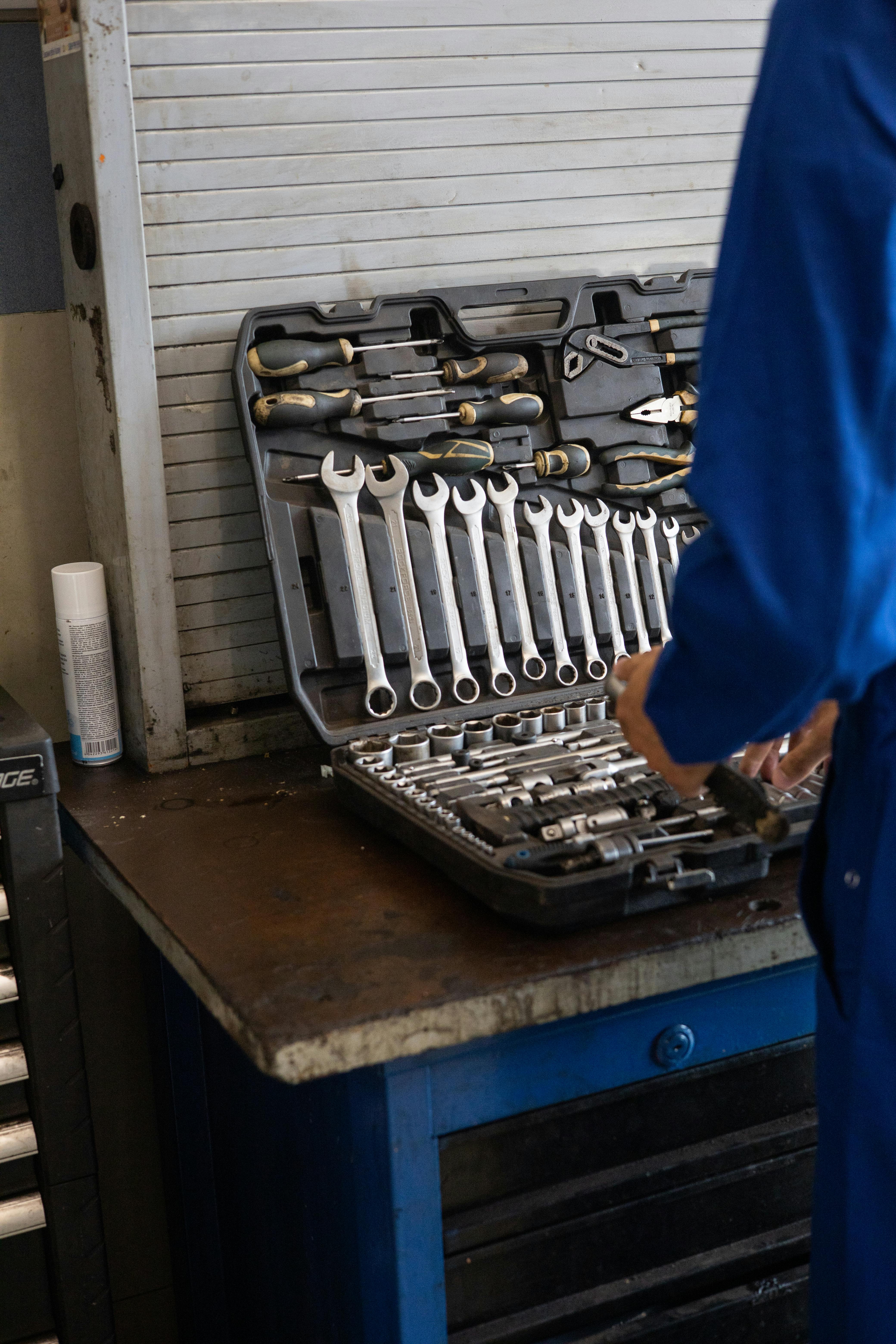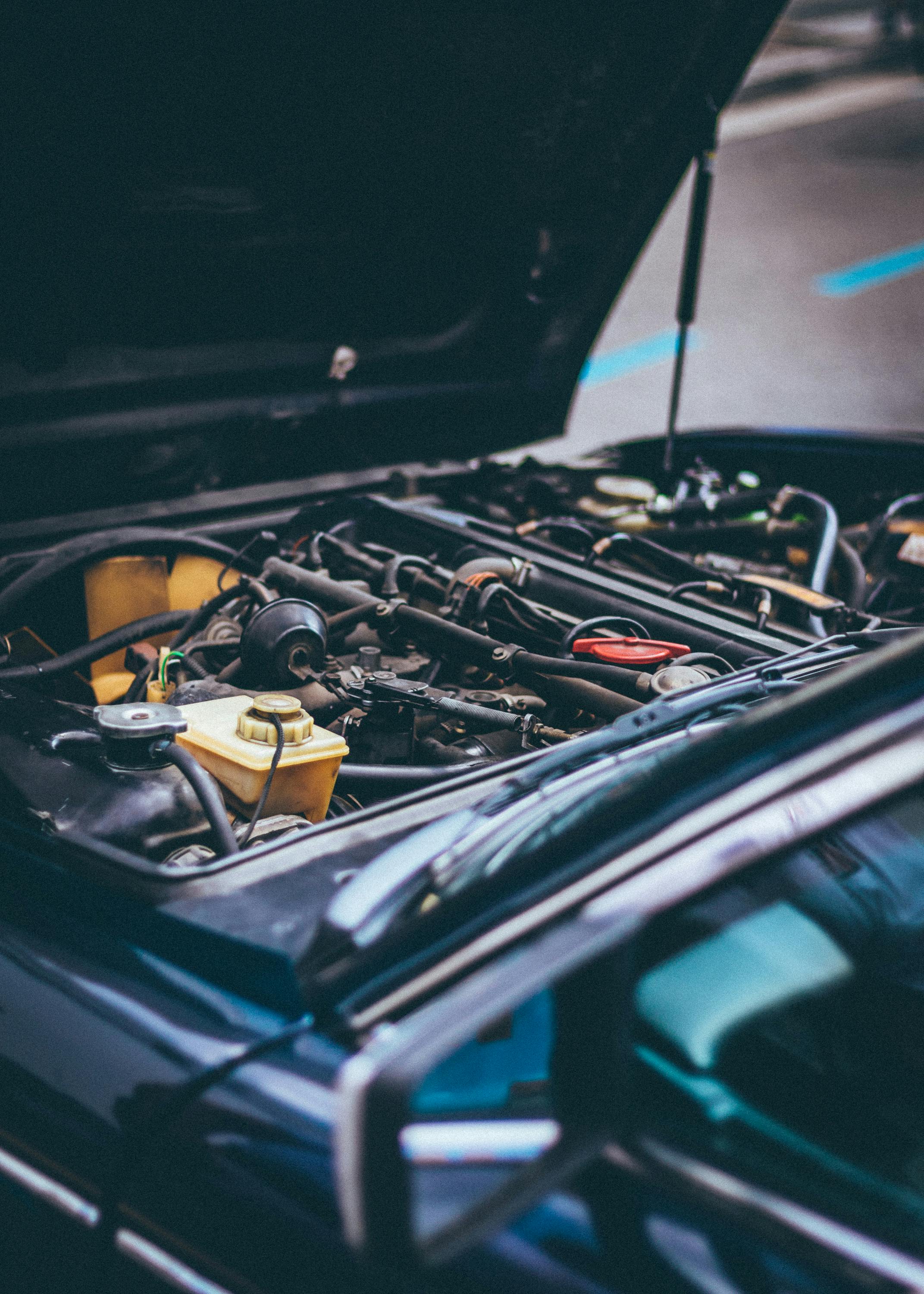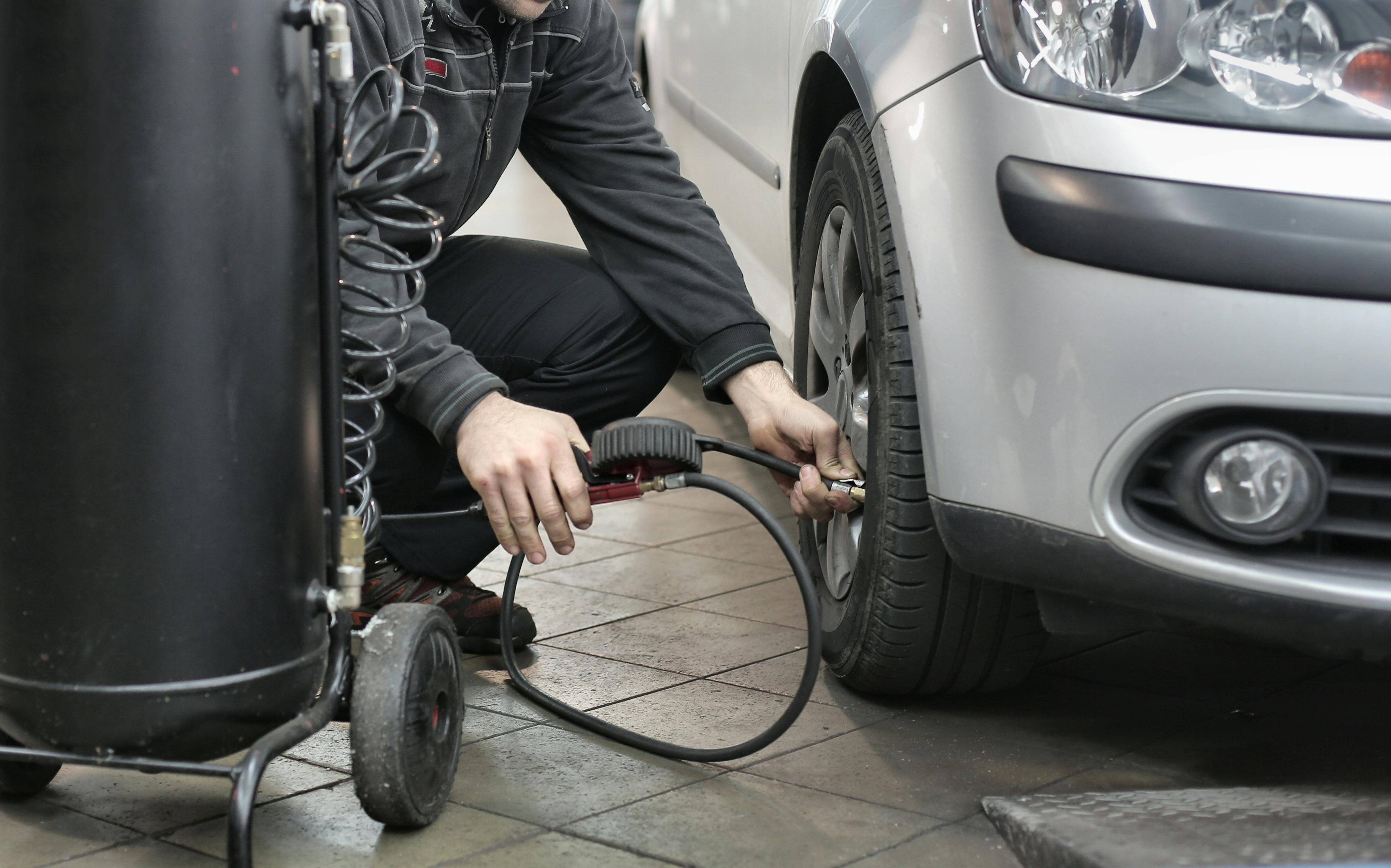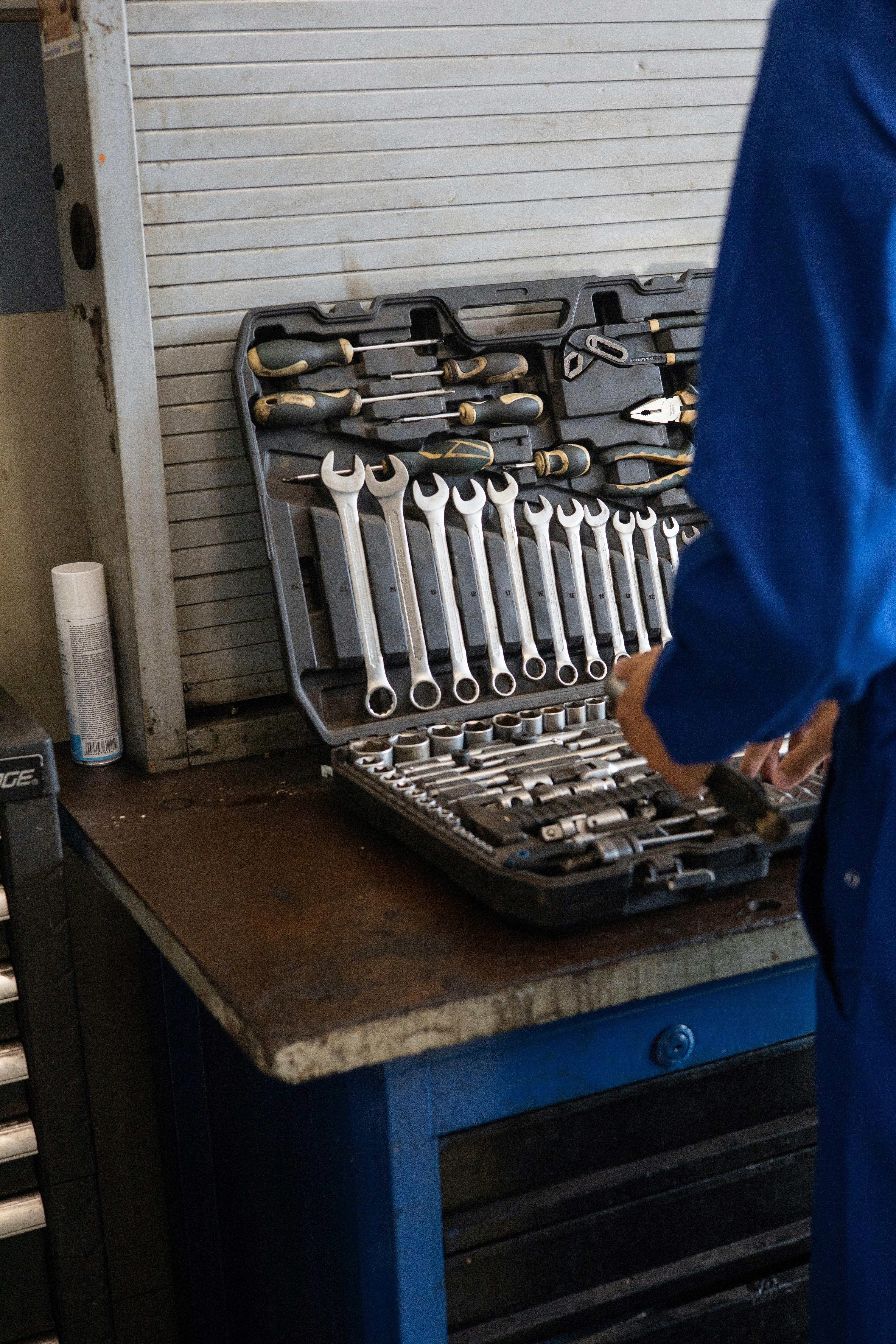DIY Car Maintenance Tasks You Can Do at Home

In today’s bustling world, self-reliance is a valuable skill, especially when it comes to maintaining your vehicle. Applewood Performance Center champions the idea that every car owner should have basic maintenance skills. These not only save time and money but also imbue a sense of accomplishment and independence. With a few tools and a bit of know-how, you can perform several essential maintenance tasks right from your garage or driveway.
Get to Know Your Vehicle
The first step in DIY car maintenance is getting to know your vehicle intimately. Your car’s owner manual is a treasure trove of information, tailored specifically for your model’s needs. It’s imperative to consult this guide before undertaking any maintenance task to ensure you’re following the recommended procedures and using the correct specifications.
Oil Changes Made Easy
Oil changes are paramount to engine health, facilitating smooth operation and preventing overheating. Typically, it’s advised to change the oil every 5,000 to 10,000 kilometers, depending on your vehicle’s age and type of oil used.
Step-by-Step Guide:
After warming up your car, locate the oil pan and drain the old oil into a container. Replace the plug, remove the old oil filter, and install a new one. Refill your engine with the recommended grade and amount of oil, ensuring you don’t overfill.

Replace Your Windshield Wipers
Clear visibility is crucial, and windshield wipers should be in top condition to combat the elements. Inspect and replace your wipers every six months or immediately if you notice streaks or missed areas on the windshield during use.
Step-by-Step Guide:
Lift the arm, press the tab to release the old blade, and attach the new one, ensuring it clicks into place securely.
Air Filter Replacement
A clean air filter is vital for maintaining optimal fuel efficiency and engine performance. A clogged filter can lead to increased fuel consumption and decreased power. Check your air filter every 12,000 to 24,000 kilometers and replace it as needed.
Step-by-Step Guide:
Locate the filter box, remove the old filter, and assess its condition. If it’s dark and clogged, replace it with a new one that fits snugly.
Tire Maintenance for Safety and Efficiency
Inspecting and Maintaining Tires
Tire maintenance is directly linked to safety and fuel efficiency. Properly inflated and maintained tires ensure better handling and longevity.
Step-by-Step Guide:
Regularly check tire pressure, inflate to the recommended PSI, and inspect for wear or damage. Rotate your tires every 8,000 to 13,000 kilometres to promote even wear.

Spark Plug Replacement
Replacing Spark Plugs
Spark plugs are pivotal for engine performance, affecting startup and smooth running. Depending on your vehicle, they should be replaced approximately every 48,000 to 160,000 kilometres.
Step-by-Step Guide:
Carefully remove the spark plug wire, unscrew the old plug, and install a new one without overtightening. Ensure the connection is secure.
Additional DIY Maintenance Tasks
Beyond these essentials, several other tasks can be managed at home with a bit of preparation and care.
Checking and Topping Off Fluids
Your vehicle relies on various fluids for lubrication, cooling, and braking. Regularly check levels, including brake fluid, power steering fluid, coolant, and transmission fluid. Top off as needed, ensuring you’re using the recommended types for your vehicle.
Cleaning Battery Terminals
Corrosion at the battery terminals can lead to poor connections and starting issues. A simple cleaning with a mixture of baking soda and water, followed by a thorough rinse and drying, can prevent these problems.
Replacing Headlights and Taillights
Properly functioning lights are crucial for safety. Replacing bulbs is generally straightforward. Access the bulb from the back of the headlight or taillight assembly, remove the old bulb, and insert the new one. Always handle bulbs with clean gloves or a cloth to prevent oil from your skin from shortening their lifespan.
Conclusion
By taking charge of these maintenance tasks, you can extend the life of your vehicle, improve safety, and reduce the likelihood of costly repairs. Remember, while DIY maintenance can be rewarding and effective for many routine tasks, some issues should be addressed by professionals. Always consult your owner’s manual and consider your comfort level and safety before undertaking any maintenance work.
Applewood Performance Center is dedicated to helping you keep your vehicle running smoothly. We encourage all drivers to familiarize themselves with basic maintenance tasks, building confidence in their abilities to care for their cars. For more in-depth guidance, tips, and support, stay connected with our blog and community.



